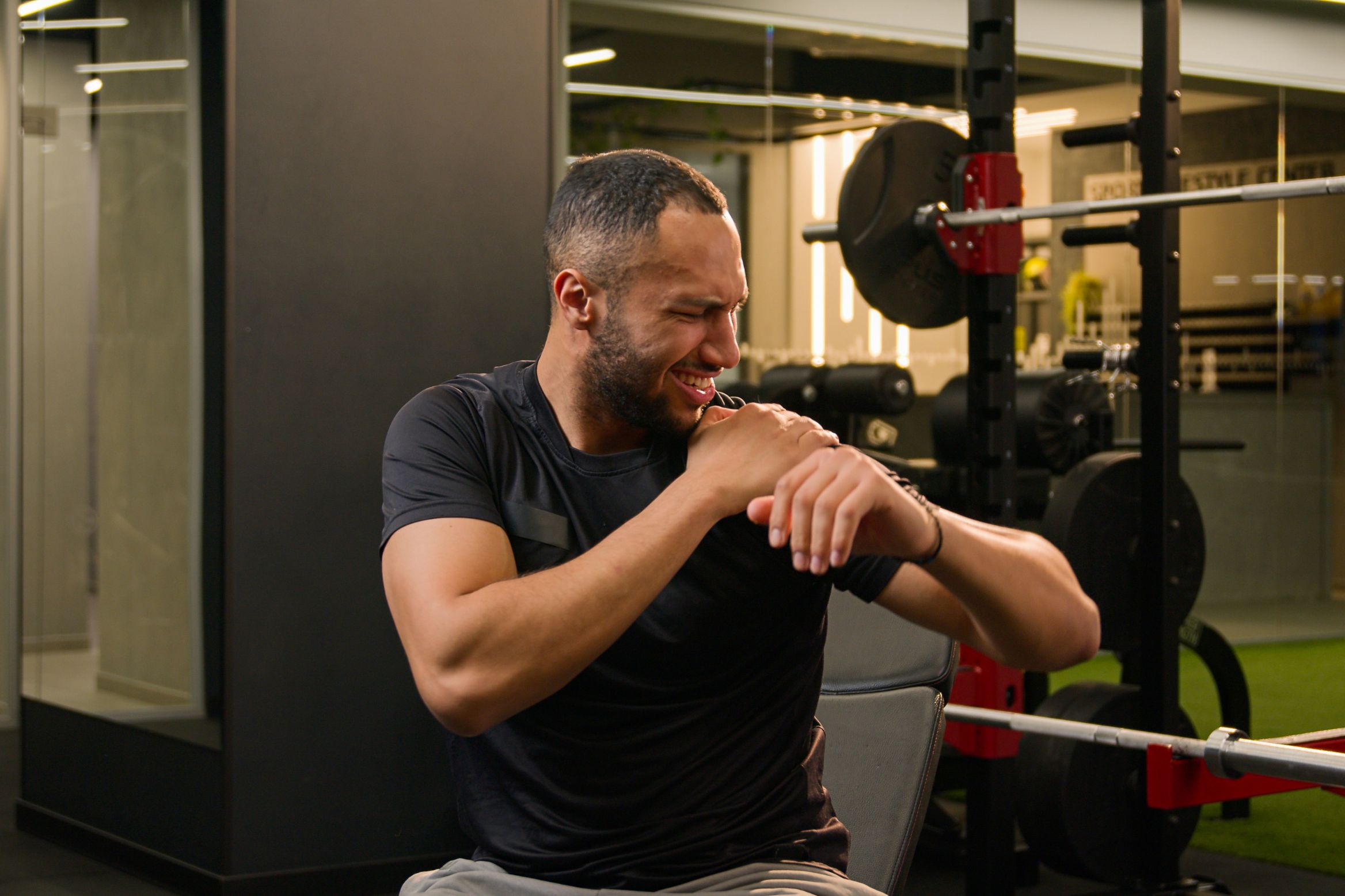Tendons and Training: What You Need to Know
Tendons and Training: What You Need to Know

Tendons are the crucial link between muscle and bone, transferring muscle power to the skeleton and enabling movement. Without tendons, our bodies couldn’t function athletically or in everyday life. Let’s dive into what tendons are, how they work, and what to consider when training.
Tendons: Working Behind the Scenes
Strong muscles and flexible joints usually come to mind when we think of fitness. Tendons, however, are the quieter, often overlooked components that support these movements. Here are some key facts:
- Tendons are made up of 55-70% water, with the remainder consisting of collagen fibers and other cellular structures.
- Elastin cells provide the tendon’s elasticity, while collagen fibers give it strength.
- At rest, tendon fibers have a wavy structure. Under tension, they straighten, transferring force to the connected bone.
- Blood vessels make up only about 1% of a tendon’s cross-section.
- Receptors within tendons monitor tension levels, helping prevent injuries by signaling when the strain is too high. Unfortunately, signals like pain and inflammation are often ignored.
- Tendon fibers run in different directions, enabling optimal force transmission from muscles.
- Some tendons that handle high forces have special projections, called apophyses, which provide extra resilience.
The Most Famous Tendon: The Achilles Tendon
Tendons come in various shapes and sizes, depending on their function. While some are short or flat, most are rope-like. The thicker the tendon, the stronger the muscle it’s attached to. These rope-like tendons are usually housed within sheaths that allow them to slide. The Achilles tendon and patellar tendon are among the strongest in the body.
The Science Behind Tendon Training
For a long time, it was believed that tendons couldn’t be trained. That view has changed. However, tendons adapt to training far more slowly than muscles or bones, and this must be considered to prevent injury. Here’s what we now understand:
- Blood flow to tendons under athletic stress only increases three- to seven-fold, while in muscles, it can increase up to twenty-fold.
- Tendons experience a high turnover of collagen, second only to bones and skin.
- New measurement techniques, like microdialysis, show that tendons metabolically adapt to exercise.
- Excessive early-season training can initially cause collagen breakdown in tendons, reducing their resilience. This phase usually balances out after about four weeks.
New Insights for Tendon Training
Following a well-deserved break, ease back into training. For the first four weeks, limit yourself to 60-80% of your maximum capacity. This applies to both endurance and strength training sessions.
Pain as a Warning Signal
Overtraining, especially early on, can lead to tendon pain, similar to muscle soreness. For runners, the Achilles tendon is often affected due to inflammation triggered by prostaglandins—hormone-like substances that protect the tendon by signaling pain through irritated nerve endings. While painkillers may reduce this pain, they can also hinder blood flow and make tendons more vulnerable to injury.
Top Tips to Prevent Tendon Problems
Since tendons adapt more slowly to training stimuli than muscles, it’s essential to keep this in mind, especially when increasing load or intensity. Here are five tips to help protect your tendons and keep you training safely:
- Warm Up Thoroughly: Always start with a good warm-up, even for lighter exercises. This helps prepare tendons for the demands of training.
- Master New Movements First: When trying new exercises, focus on perfecting your technique before adding intensity or duration. Proper form is crucial for preventing strain.
- Strengthen Muscles for Support: Strong muscles are the best safeguard against tendon issues, regardless of your sport. Prioritize muscle conditioning to enhance tendon resilience.
- Train Within Limits: Push yourself during training but avoid exceeding your safe limits. Tendons need time to adapt, so be mindful of your boundaries.
- Prioritize Recovery: Allow for sufficient recovery after workouts. Tendons benefit greatly from rest and repair, which help prevent overuse injuries.
